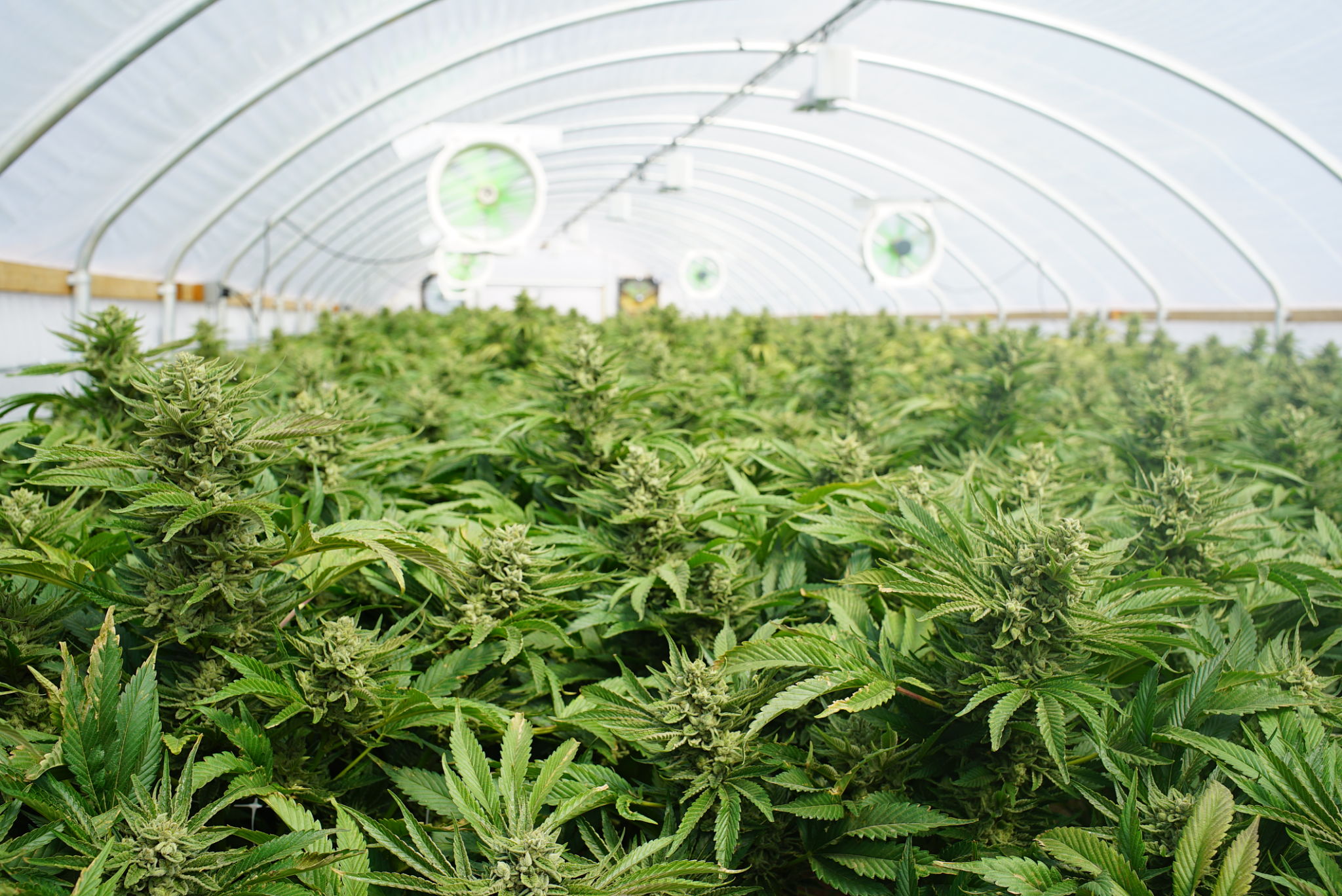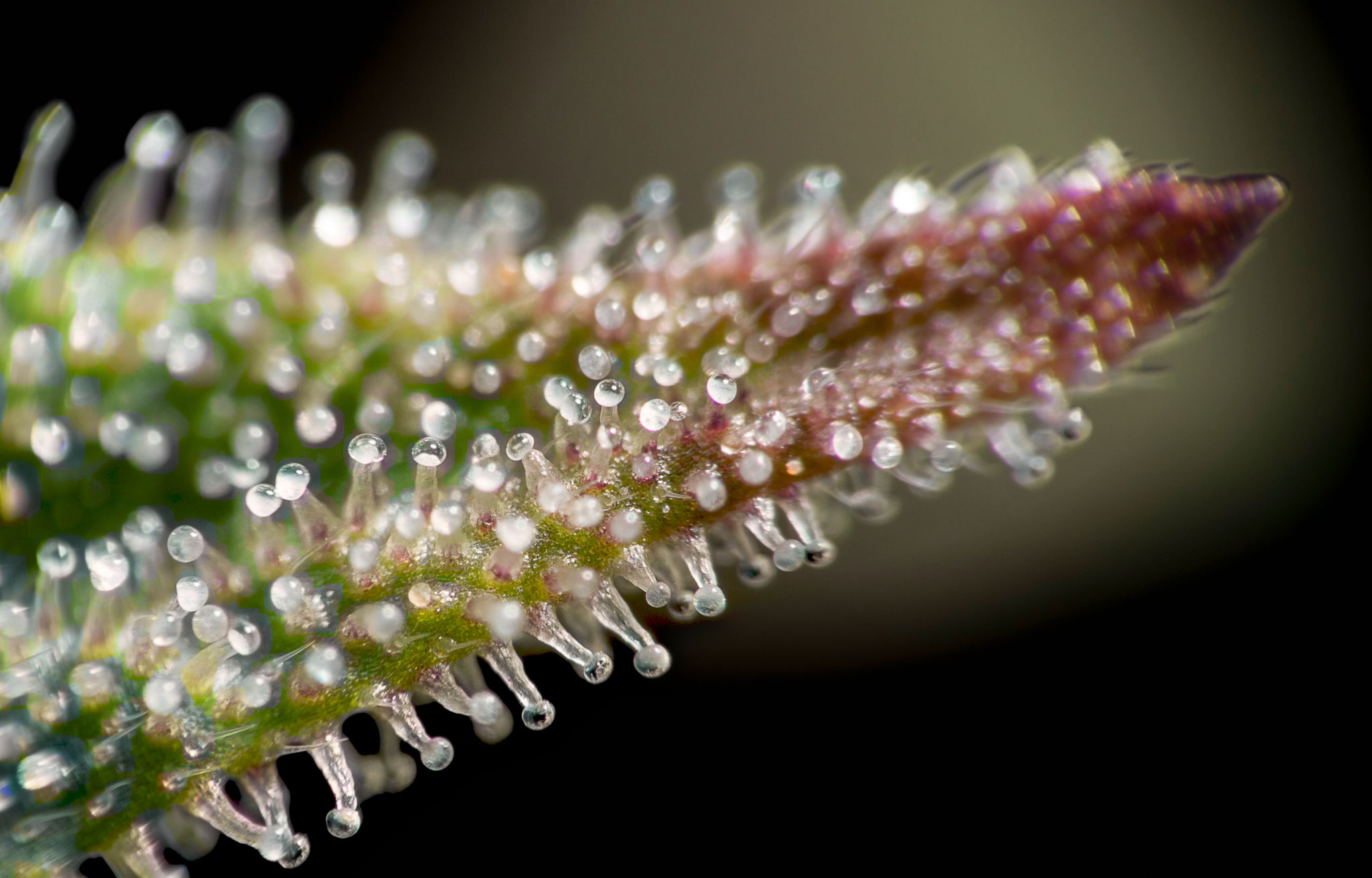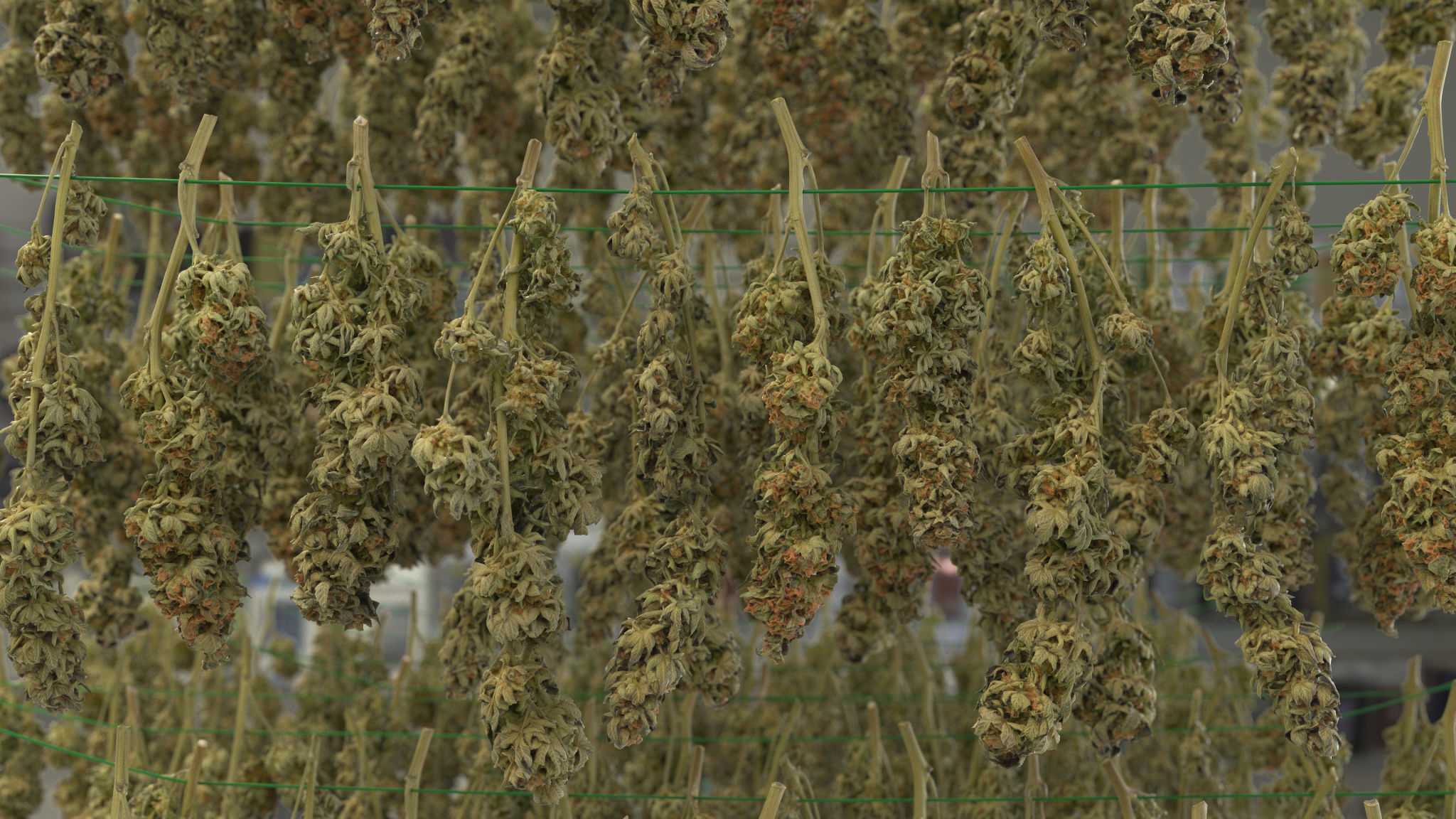Seasonal Insights: Preparing Your Cannabis Business for Harvest Challenges
Understanding the Harvest Season
The cannabis harvest season is a critical time for growers, requiring careful planning and execution to ensure a successful yield. As this period approaches, businesses must be prepared to tackle various challenges that could impact both the quality and quantity of their harvest. By understanding the intricacies of the season, cannabis business owners can make informed decisions and implement strategies to mitigate potential risks.

Harvesting cannabis is not as simple as picking the plants at the end of their growth cycle. It involves a series of steps, including determining the optimal harvest time, ensuring proper drying and curing conditions, and managing resources efficiently. Each of these steps plays a crucial role in preserving the potency and flavor of the final product.
Determining the Optimal Harvest Time
Timing is everything when it comes to harvesting cannabis. Picking your plants too early or too late can significantly affect their potency and overall quality. To determine the best time to harvest, monitor the trichomes on your plants. These tiny, crystal-like structures change color as the plant matures, providing a visual cue for readiness. Aim for a milky white appearance with some amber hues for the perfect balance of THC and CBD.

Additionally, consider environmental factors such as temperature and humidity when planning your harvest. These conditions can influence the drying and curing process, directly affecting the final product's quality. Monitoring weather forecasts and adjusting your timeline accordingly can help prevent unforeseen issues.
Ensuring Proper Drying and Curing
The drying and curing process is essential for enhancing the flavor, aroma, and potency of your cannabis. After harvesting, hang your plants in a dark, well-ventilated area with controlled temperature and humidity levels. Aim for temperatures around 60-70°F and humidity levels of 50-60%. This process typically takes 7-10 days, depending on environmental conditions.

After drying, curing is the next crucial step. Place your dried buds in airtight containers, opening them daily to release moisture for about two weeks. This allows the cannabinoids and terpenes to develop fully, resulting in a smoother, more flavorful product that appeals to discerning consumers.
Managing Resources Efficiently
Resource management is another critical aspect of preparing for harvest challenges. Labor costs can be significant during this period, so it's essential to plan staffing needs carefully. Hiring experienced workers who understand the nuances of harvesting cannabis can save time and reduce waste.

Additionally, having the right equipment on hand—such as trimming machines and drying racks—can streamline operations and improve efficiency. Investing in high-quality tools ensures that your harvest process runs smoothly, reducing downtime and maximizing output.
Adapting to Regulatory Changes
Lastly, staying informed about regulatory changes is vital for compliance. The cannabis industry is subject to evolving laws and regulations that can affect harvesting practices. Ensure that your business stays compliant by regularly reviewing local regulations and seeking legal advice when necessary.
In conclusion, preparing for the challenges of the cannabis harvest season requires a combination of strategic planning, resource management, and regulatory compliance. By addressing these areas proactively, you can set your business up for a successful harvest that meets both quality standards and market demands.
